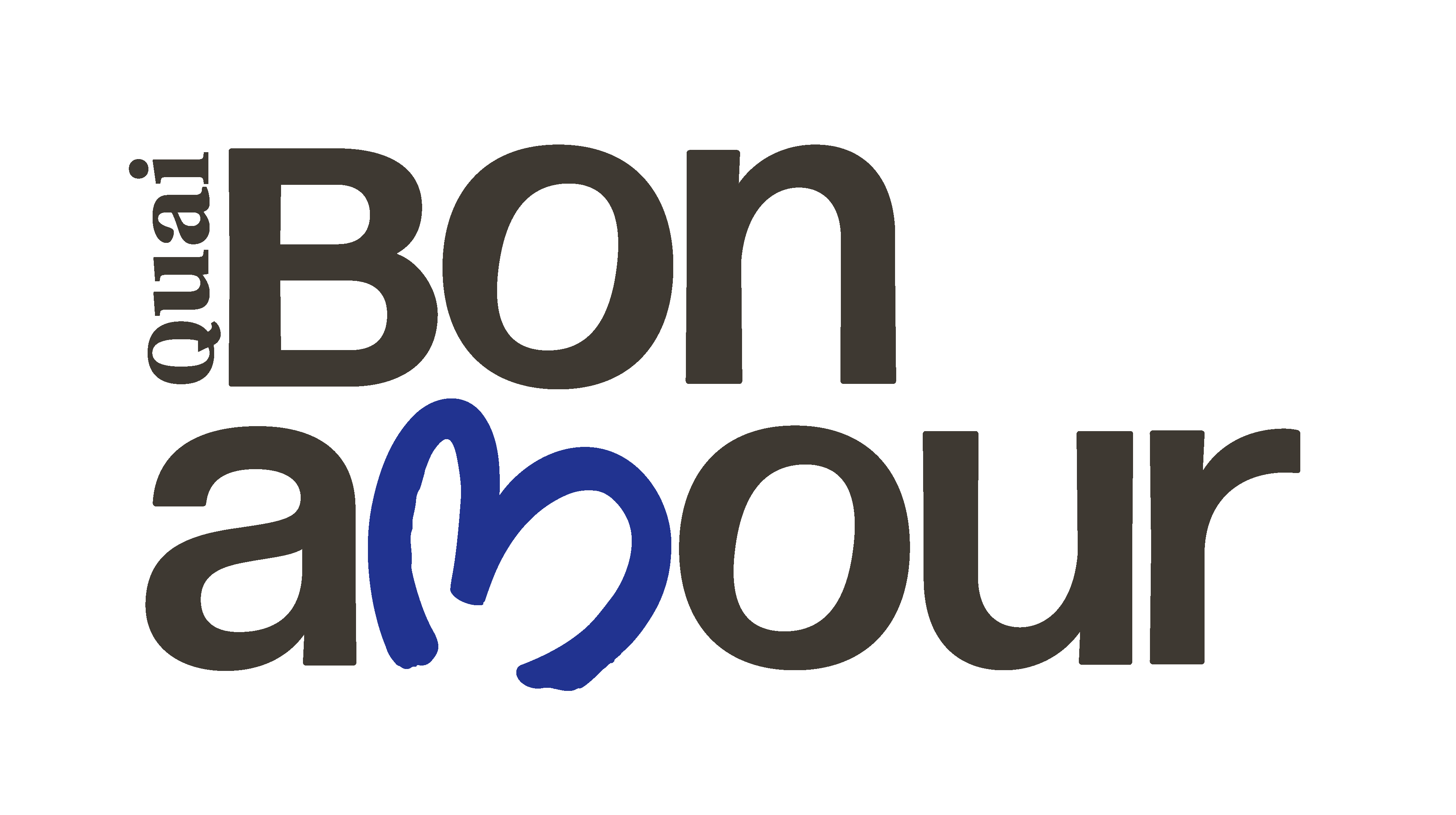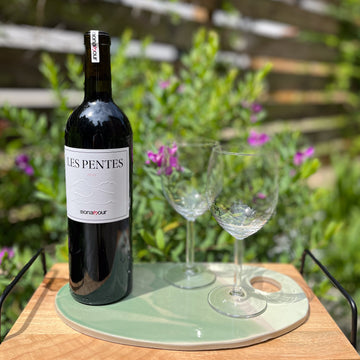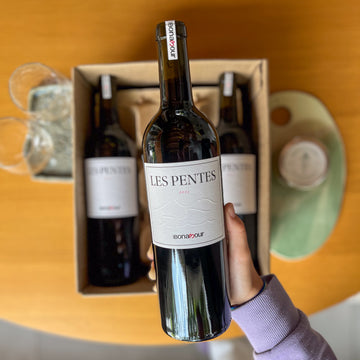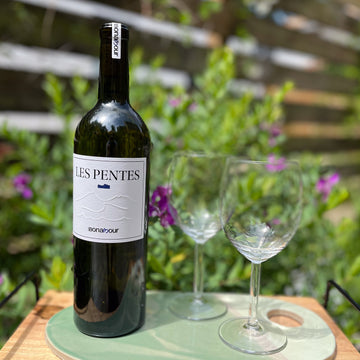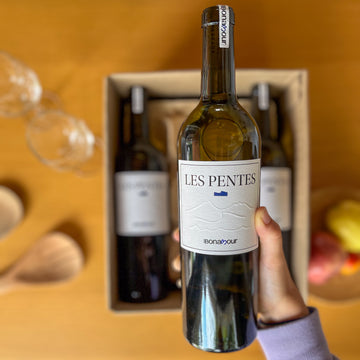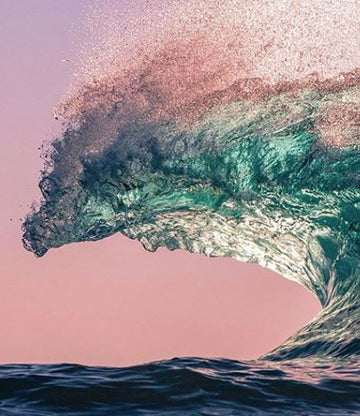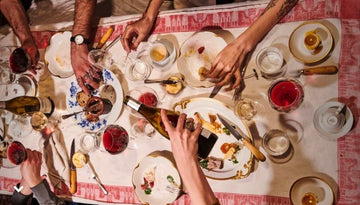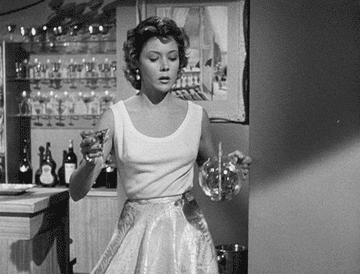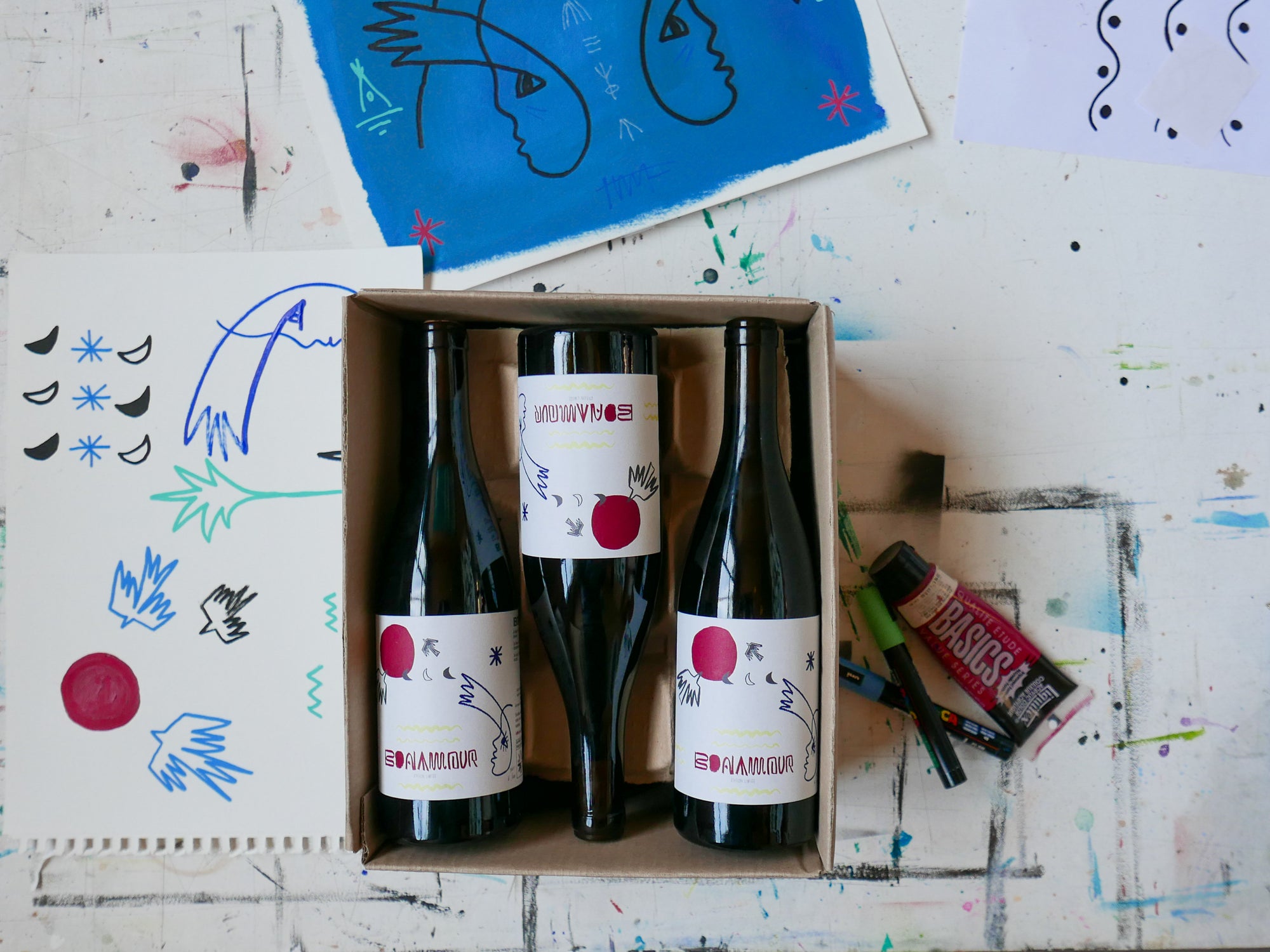The production of rosé wine is a fascinating subject and rich in tradition. At Quai Bonamour we wanted to take stock of the different rosé production processes.
France is the leading producer of rosé wine in the world with 7.6 million hectoliters produced per year for the 24.3 million hectoliters produced worldwide.
We are also the leading consumer country with no less than 8.1 million hectoliters consumed in 2014. This represents almost 40% of global production.
1. The Direct Pressing Process (Quai Bonamour)
- The technique : the red grapes are destemmed then the grains are delicately pressed to extract the juice. This pressing can be done using pneumatic or hydraulic presses.
- Characteristics : freshness and lightness - delicate and aromatic rosé wines
2. Bloodletting (Bleeding Method)
- The technique : part of the juice is “bled” from the red grape fermentation vats to create rosé wine. Method traditionally used in Spain
- Characteristics: intense color and complexity of its rosé wines
3. Blend of Red and White Wine
- The technique : some producers mix red and white wine to create rosé (it's legal). In Italy there is "reverse bleeding" where red wine is added to white wine to obtain unique nuances
Grape varieties used:
- France : Merlot, Cabernet Franc, Cabernet Sauvignon, Grenache, Grenache gris, Cinsault, Mourvèdre, Pinot noir
- Spain : Tempranillo, Garnacha (Grenache), Monastrell (Mourvèdre)
- Italy : Sangiovese, Montepulciano, Primitivo, Corvina, Negroamaro
Fermentation in Stainless Steel Tanks: The use of stainless steel tanks is common to preserve the purity of the fruity aromas, typical of Bordeaux rosés.
Entre-Deux-Mers: Terroir and Climate Influence on our rosé
Climate and terroir play a crucial role in wine production. Here is how these factors influence the characteristics of rosé wines in our beautiful region:
1. Climate
- Temperature: Bordeaux benefits from a moderate oceanic climate, with hot summers and mild winters. This combination promotes gradual ripening of the grapes, allowing the aromas to develop slowly
- Sunshine: Regular sunshine contributes to optimal ripening of the grapes while maintaining refreshing acidity in rosé wine
2. Terroir
- Types of Soils: clay-limestone soils which provide adequate drainage for the production of balanced rosé wine
- Hills and Valleys: Hills and valleys provide diverse topography, influencing soil drainage and heat distribution. Our hillsides well exposed to sunlight allow optimal ripening of the grapes
- The proximity of the rivers (Dordogne and Garonne) considerably influences the taste of our grapes. Winters softened by the water which circulates not far from our vines, cool and humid mornings in summer which protect our grapes from the extreme heat. Sediments from the ocean which give this little taste so typical of the inter-seas
If you want to know & taste more, we will be delighted to organize a tasting at home to introduce you to the wonderful world of rosés.
Contact us.
